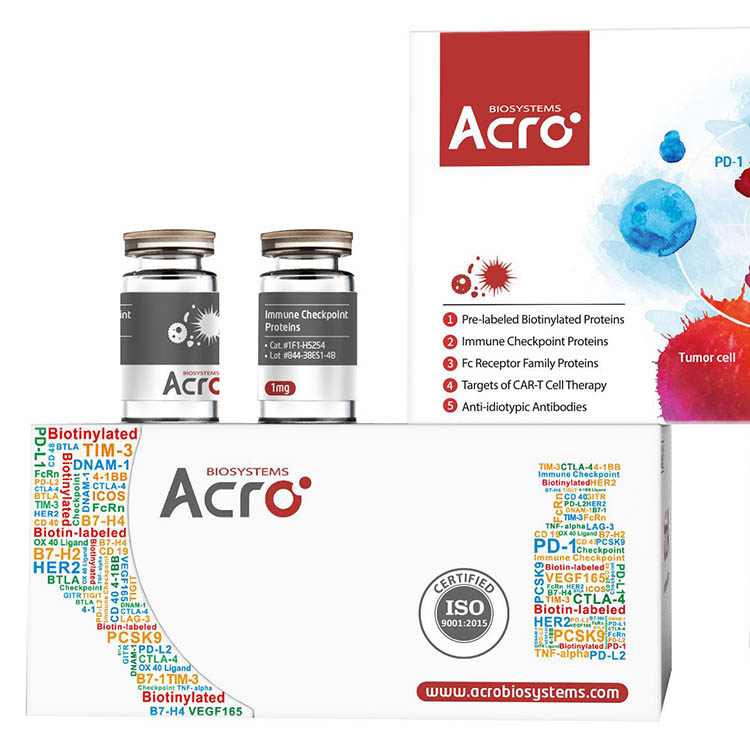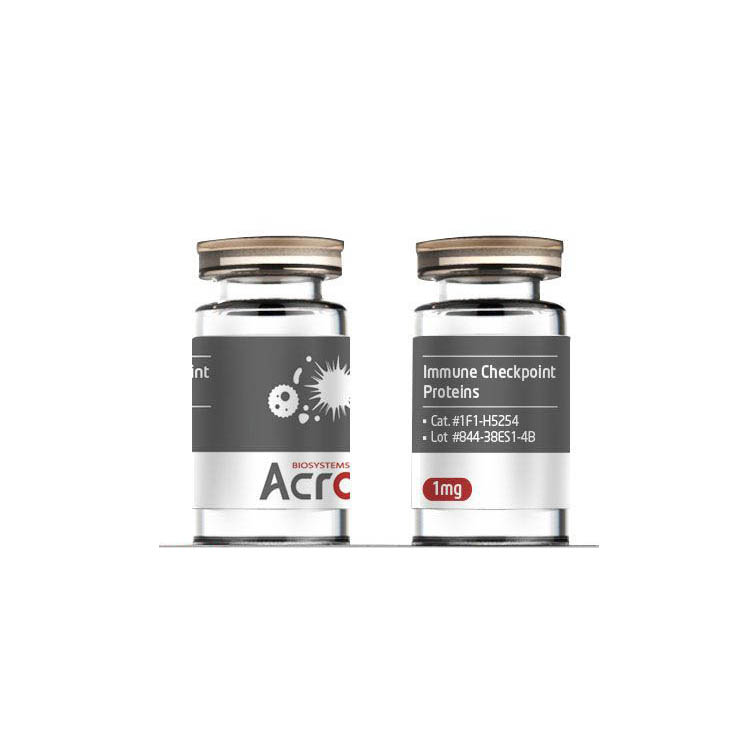1/3
Erythropoietin (EPO) ELISA试剂盒-ACROBiosystems百普赛斯
产品详情:
- 中文名称:
- EPO试剂盒
- 英文名称:
- EPO ELISA Kit
- 品牌:
- 百普赛斯
- 产地:
- 北京
- 保存条件:
- -20°C to -70°C
- 纯度规格:
- 99.9%
- 产品类别:
- ELISA试剂盒
- 数量:
- 999
- 保质期:
- 12个月
- 是否进口:
- 否
- 适应物种:
- Human
ClinMax™ Human Erythropoietin (EPO) ELISA Kit, PRO
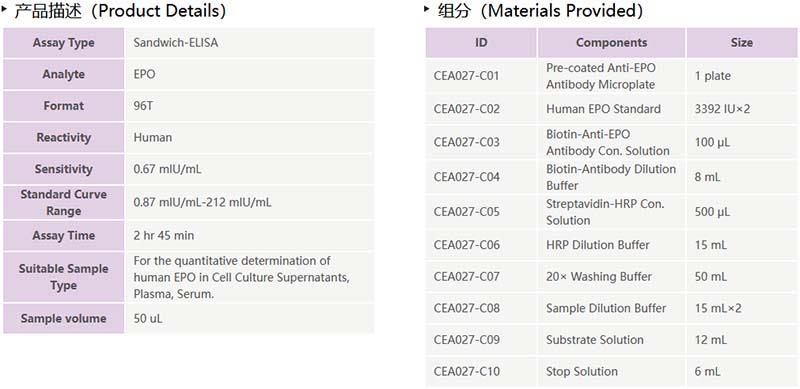
原理(Assay Principles)
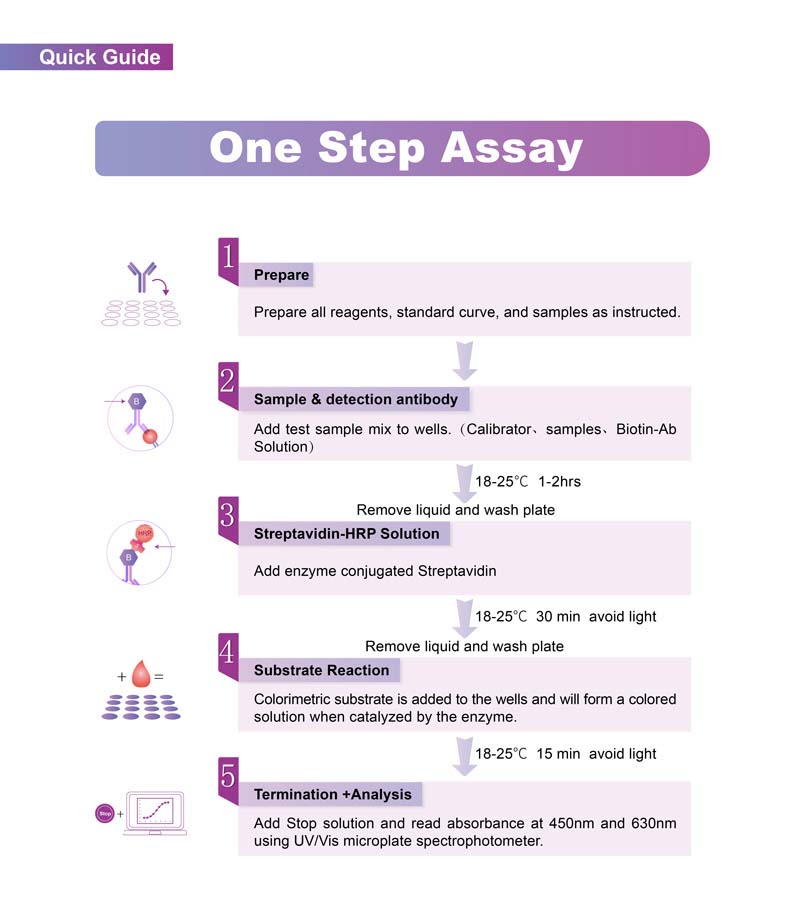
背景(Background)
ClinMax™ ELISA Kit is convenient ready-to-use immunoassay Kit, specifically designed to quantitate human EPO that is present in complex biological samples, such as human serum, plasma, and cell culture supernates.
A comprehensive validation of the ELISA method was performed following the ICH M10 on bioanalytical method validation and the FDA’s bioanalytical method validation guidance for industry. This validation included assessments of linearity, accuracy, precision, dilution linearity, recovery, and the hook effect. For details information, please refer to the DS.
ClinMax™ ELISA Kits are manufactured in a GMP-like facility and comply to the ISO 13485 standard, ensuring a high level of quality and reliability.
应用说明(Application)
The kit is developed for quantitative detection of human EPO in serum and plasma.
It is for research use only.
重构方法(Reconstitution)
Please see Certificate of Analysis for details of reconstitution instruction and specific concentration.
存储(Storage)
Keep the unopened kit stored at 2-8 °C. Avoid using the kit beyond its expiration date. The opened kit should be stored per components table. The shelf life is 30 days from the date of opening.
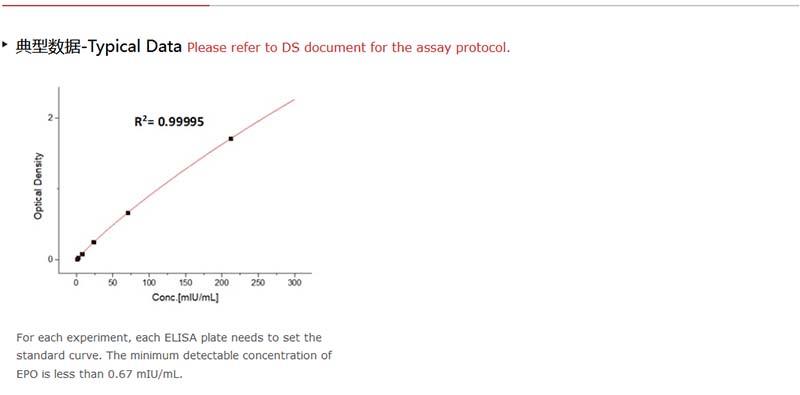

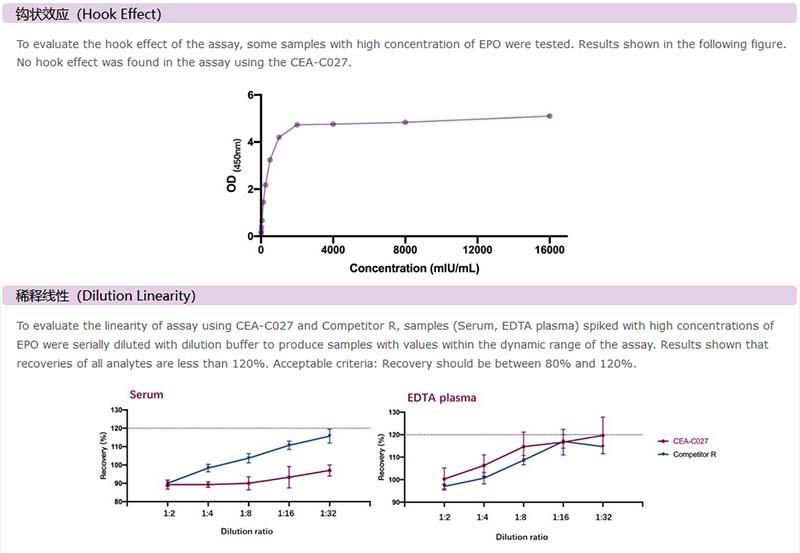
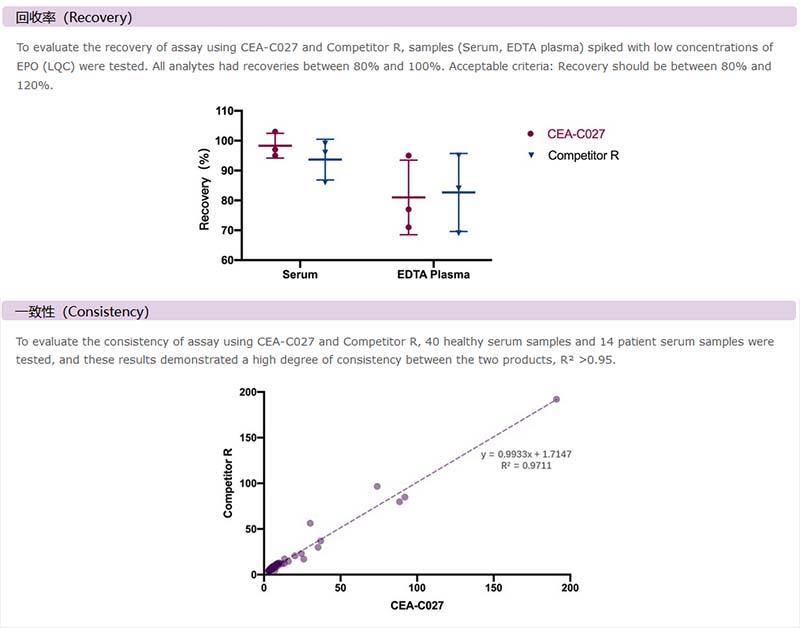
用户评价

背景(Background):EPO
Erythropoietin (EPO) is a glycoprotein hormone, naturally produced by the peritubular cells of the kidney, that stimulates red blood cell production. Renal cortex peritubular cells produce most EPO in the human body. PO2 directly regulates EPO production. The lower the pO2, the greater the production of EPO. Erythropoietin stimulating agents (ESAs) are recombinant versions of EPO produced pharmacologically. Examples of ESAs are epoetin, darbepoetin, and methoxy polyethylene glycol-epoetin beta. ESAs are generally indicated in conditions where there is impaired red blood cell production. This activity will highlight the mechanism of action, adverse event profile, pharmacology, monitoring, and relevant interactions of ESAs in light of the natural physiology of erythropoietin, pertinent for members of the interprofessional team in the treatment of patients with conditions where these agents are indicated.
公司简介
| 成立日期 | (15年) |
| 注册资本 | 8000万人民币 |
| 员工人数 | 500人以上 |
| 年营业额 | ¥ 1亿以上 |
| 经营模式 | 工厂,试剂 |
| 主营行业 | 医药中间体,原料药,激素类,氨基糖苷类,中枢神经系统用药 |
EPO试剂盒相关厂家报价
-

- 猪促红细胞生成素(EPO)ELISA检测试剂盒
- 上海将来实业股份有限公司
- 2025-03-07
- 询价
-
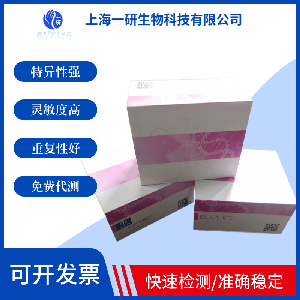
- EPO Elisa Kit
- 上海嘉定区澄浏公路52号 VIP
- 2025-03-10
- ¥1200
-
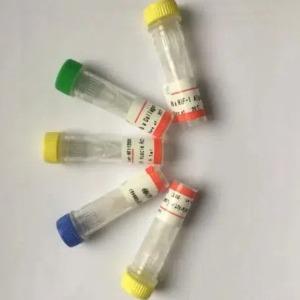
- EPO抗体;EPO antibody 艾普蒂生物
- 湖北艾普蒂生物工程有限公司 VIP
- 2025-03-11
- ¥1280


